________________________________________________________________________________
Massey Ferguson 230, 235, 240, 245, 250 - Hydraulic pump
Main hydraulic pump
Remove and reinstall - To remove the main hydraulic pump on Massey
Ferguson 230, 235, 240, 245 tractors not equipped with independent pto,
Multi-Power and/or auxiliary hydraulics, first drain hydraulic oil.
Remove lift cover. Remove the adjusting block and upper tube and spring
from servo valve. Collapse and remove the drive shaft coupler and remove
pto output shaft. Remove dowel pins from each side of differential
housing, then lift hydraulic pump out through top opening of housing. On
MF 230, 235, 240, 245 tractors equipped with independent pto, MultiPower
and/or auxiliary hydraulics, tractor must be split between differential
housing and transmission. Drain oil from system and remove lift cover.
Remove step plates and disconnect brake tods and electrical wiring as
necessary. Disconnect pressure line at Multi-Power/independent pto pump
if so equipped. Support transmission housing and differential
separately, remove retaining bolts and separate rear of tractor from
transmission housing. Remove pump mounting dowels from each side of
differential housing. Disconnect hydraulic pipes from the pumps and
remove tube and spring from pump servo valve. Slide pump assembly
forward through front opening of differential housing. The gear train
mounting plates serve as pump support. Idler gear contains 22 loose
needle bearings. Gear backlash is not adjustable; renew parts as
necessary if backlash exceeds 0.38 mm (0.015 inch) between any two
gears. To reinstall pump assembly, reverse the removal procedure.
Overhaul - To disassemble the removed hydraulic pump, first separate the
auxiliary pump and drive train from main pump. Turn pressure control
adjusting screw out of pivot lever until end of bolt is flush with
inside of lever. Remove adjusting block, tube and spring from servo
valve if not removed previously. Unhook diaphragm lever link from
control valve, remove valve mounting stud nut, and remove servo valve
from top of pump. Remove clip retaining control lever, then slide
control lever from control valve. Remove rollers and pin from end of
control valve actuating rod. Remove filter assembly and intake housing
from pump. Remove retainer clip and cap from front of oscillator drive.
Remove pin retaining oscillator to cam follower. Remove nuts attaching
pump bodies together, then carefully remove front body. Withdraw control
valve and oscillator as a unit from pump. Carefully slide piston yokes,
valve chambers, cam blocks and camshaft away from rear body. Pull valve
spool sleeve from rear body.
Servo valve - Thread a suitable screw into retainer plug and remove
retainer, spring, discs and secondary relief valve. Remove guide and
spring support, then bump housing to remove plunger and ball. Use hooked
wire to pull plunger guide from bore then use needlenose pliers to pull
ball valve seat from bore. Inspect all parts for wear or damage and
renew as necessary. Diameter of large end of plunger should be
5.530-5.542 mm (0.2177-0.2182 inch), and diameter of tapered end of
plunger should be 5.080-5.232 mm (0.200-0.206 inch). Bore of plunger
guide should be 5.644-5.669 mm (0.2222-0.2232 inch). Maximum diameter of
seat in ball valve is 4.32 mm (0.170 inch). All O-rings should be soaked
approximately one hour in hydraulic oil before assembling. Install new
back-up washer and O-ring on ball valve seat, then install in bore of
housing. Install new O-ring on plunger guide, then insert plunger guide
into bore with cross drilled hole toward ball valve seat. Insert ball
into bore and make sure it enters bore of guide. Install plunger with
tapered (small) end toward ball. Install spring support with large flat
end against plunger guide. Apply two or three drops of Loctite 242 on
threads of spring guide, then install and tighten to 20-40 Nm (15-30
ft-lbs.) torque. Insert secondary relief valve, discs, if so equipped,
spring and retainer into bore in bottom of housing. The retainer is a
light press fit and should be installed flush with mounting surface of
valve body. Install orifice plug, diaphragm, spring, cover, lever and
related parts.
Control valve - Massey Ferguson 230, 235, 240, 245 control valve is
serviced as a matched assembly which consists of rod and all parts. To
disassemble the valve and oscillator assembly, unseat and remove
retaining ring from internal groove in oscillator housing and withdraw
valve from oscillator unit. Remove retaining ring while compressing
spring. Push rod in and remove snap ring, then withdraw remaining parts.
Assemble by reversing disassembly procedure. End of valve spool with
narrow slot should be toward oscillator rod; end with larger slots
should be toward actuating rod. Install sleeve in rear body bore so roll
pin is down near bottom. Valve chambers - Both valve chambers are
identical and interchangeable, and each contains two sets of valve
components. To disassemble the chamber, remove snap ring and thread a
1/4 inch UNC bolt into plug to provide leverage. Plug can be pulled by
hand. A resealing reamer is available which dresses both seats in one
bore at the same time. If tool is used, remove only enough metal to
smooth the seats. All parts are available individually. When installing,
do not compress retainer plug deeper than 5.8 mm (0.23 inch) from top of
plug to top of valve chamber. Be sure to pull plug up against snap ring
after snap ring is seated.
Intake housing - The response control valve and non return valve are
contained in the intake housing. When reassembhng, be sure O-ring,
washer and retaining ring are correctly installed on cover plate.
Install ring on nonreturn valve, then insert valve through bore in
housing. Install seal over valve stem followed by retainer, spring, cap
and E ring. Install cover plate and gasket onto intake housing. Position
intake housing onto rear body making sure roll pin in valve sleeve
engages slot in intake housing. Tighten the retaining cap screws to
20-27 Nm (15-20 ft.-lbs.) torque. Assembly - Assemble valve chambers
onto piston yokes making sure chamfered corners of yokes face away from
each other. Install camshaft, cam follower and cam blocks into piston
yokes making sure cam block with shoulder is at front (widest lobe) of
camshaft and that shoulder faces inward. Slide camshaft assembly into
rear body making sure end of cam follower is towards bottom of pump.
Install control valve assembly into rear body, then position front body
over camshaft and studs. Tighten stud nuts evenly to 41-47 Nm (30-35
ft-lbs.) torque. Make sure camshaft and pistons move freely. Install cap
and retaining ring on end of oscillator housing. Connect cam follower to
oscillator.
Auxiliary pump
Two different auxiliary pumps have been used. Single section auxiliary
pump is used on MF 230, 235, 240, 245 tractors equipped only with
Multi-Power transmission and/or independent pto. Dual section pump is
used for auxiliary hydraulic applications as well as for Multi-Power or
independent pto pressure. On all models, the auxiliary pump is located
directly above the mainhydraulic pump within the differential housing.
The auxiliary pump is removed with the main hydraulic pump as a unit.
Single pump
To disassemble the removed pump, first remove snap ring retaining drive
gear to pump shaft. Remove cap screws securing pump to gear train
mounting plate, then remove pump. Remove cap screws attaching end cover
to body and separate pump components. Inspect all parts for wear or
damage. All parts except pump body are available for renewal. Pump gears
must be renewed as a matched set. To reassemble, reverse the disassembly
procedure. Be sure relieved edge of pressure plate is towards outlet
side of pump and smooth side is away from gears. Tighten cover retaining
cap screws evenly to 27 Nm (20 ft-lbs.) torque. Safety relief valve is
set to open at 4480-5170 kPa (750-850 psi). If valve requires servicing,
adjust pressure setting as follows: Turn adjusting screw in until it
bottoms, then turn screw out 1-1/2 turns. Attach a hand pump with
pressure gage to pump outlet port and check valve opening pressure. Turn
adjusting screw as necessary, then stake the screw when correct pressure
is obtained.
Dual pump
It is recommended that Massey Ferguson 230, 235, 240, 245 auxiliary
hydraulic system pressure be checked prior to servicing the hydraulic
pump. The pressure can be checked at an auxiliary valve outlet using
suitable pressure gage and fittings. System pressure should be between
15860-17925 kPa (2300.2600 psi). Hydraulic lift cover must be removed
for access to the adjustable high pressurerelief valve which is located
in pump rear cover plate. To disassemble the removed pump, first remove
snap ring retaining drive gear to pump shaft. Remove cap screws
attaching pump to gear train mounting plate and remove pump from rear
plate. Scribe a line across pump bodies and end cover to ensure correct
alignment when reassembling. Remove tie bolts attaching pump bodies to
end cover, then separate pump components. Use care to avoid damaging
machined mating surfaces and gear pockets of pump bodies. Do not remove
high pressure adjusting screw; screw is staked in place and setting
should not be changed. Check all parts for evidence of wear or damage
and renew as necessary. If pump housings show evidence of wear or
scoring in gear pocket area, complete pump must be renewed.
To reassemble, reverse the disassembly procedure while noting the
following special instructions: Be sure pressure seal is installed into
wear plates first, then install back-up gasket. Seal side of wear plates
must face away from gear faces. Omit high pressure relief valve spring
when assembling pump bodies, and use tie bolts to draw bodies together
over dowel pins. Then, remove tie bolts and separate end cover from
spacer plate. Install retaining washer and high pressure spring,
position end cover on pump and tighten retaining screws and nut to 27 Nm
(20 ft-lbs.) torque. If low pressure relief valve was removed from pump
body, tighten adjusting screw until spring is bottomed, then back screw
out four turns. This should set relief valve opening pressure within
specified range of 4480-5515 kPa (650-850 psi). A suitable hand pump
with pressure gage can be connected to Multi-Power circuit outlet port
to check opening pressure if desired. High pressure relief valve
adjustmg screw should not have been turned during disassembly. However,
if parts of relief valve were renewed, it will be necessary to readjust
valve setting after pump is reinstalled. Hydraulic lift cover must be
removed to gain access to relief valve adjusting screw. Maximum system
pressure should be 15860-17925 kPa (2300-2600 psi).
Auxiliary valve (MF 230, 235, 240, 245 tractors)
Overhaul - To disassemble valve, remove snap ring and end plug. Loosen
detent assembly adjusting screws, then unbolt and remove end cap from
valve body. Withdraw spool assembly from spring end of valve body. Valve
spools are selective fitted to their body bores and must not be
interchanged. When servicing dual spool valve, identify spools as they
are removed to ensure correct reassembly. Remove retaining ring,
centering spring and spring seats from end of spool. Remove screw,
spring, poppet and pin or ball from regulator barrel. Unscrew regulator
barrel from spool, then remove roll pin and guide from regulator barrel.
Remove switch valve and check valve from valve body. Inspect all parts
for wear, scoring or other damage and renew if necessary. Valve spools
and body are available only as a complete valve assembly. Be sure to
renew all O-rings. To reassemble valve, reverse the disassembly
procedure. Adjust spool detent and "kick out" pressure setting.
Adjustment - Connect a suitable flow meter to rear couplers. Operate
engine at 1000 rpm and place auxiliary valve control handle in "lift"
position. Tighten detent adjusting screw until handle remains in "lift"
position. Slowly close flow meter restrictor valve and note pressure at
which control handle kicks out of detent and returns to neutral. Handle
should kick out of detent when pressure is between 13100-14480 kPa
(1900-2100 psi). If handle kicks out before pressure reaches 13100 kPa
(1900 psi), shut off engine and operate control valve handle to relieve
any trapped pressure. Remove 4 snap ring and end plug, then turn
regulator valve adjusting screw inward to increase kick out pressure.
Several attempts at adjustment may be necessary before desired kick out
pressure Is obtained. Be sure to shut off engine and relieve system
pressure before removing end plug from valve. If handle does not kick
out of detent when pressure is between 13100-14480 kPa (1900-2100 psi)
and a "squealing" noise from control valve is heard, loosen control
handle detent screw until handle releases within specified pressure
range. If control handle does not kick out of detent. and no "squealing"
sound is heard, shut off engine and remove end plug from valve. Turn
regulator adjusting screw outward to decrease kick out pressure.
Reinstall plug and recheck for proper operation.
Auxiliary valve (Massey Ferguson 250 tractor)
Overhaul - To disassemble auxiliary valve, remove single/double acting
convertor valve, check valve and detent relief valve assembly from valve
body. Remove end cap. Unscrew retaining screw and remove centering
spring, spring seats and end plate. Remove pivot bracket with wiper
seal. Pull spool out of valve body and remove detent carrier, piston and
cage. Inspect all parts for wear and renew as necessary. Valve spool and
body are available only as a matched set. Be sure to renew all O-rings.
When reassembling, use petroleum jelly to hold detent balls in place.
Clean the threads of retaining screw and valve spool, then apply a drop
of thread locking compound to threads of screw before installing. Check
and adjust spool detent "kick out" pressure.
Adjustment - To set valve spool detent "kick out" pressure, connect a
suitable flow meter to auxiliary valve rear couplers. Operate engine at
1000 rpm and place control valve handle in "lift" position. Slowly close
flow meter restrictor valve and note pressure at which control valve
kicks out of detent and returns to neutral. Valve should kick out of
detent at approximately 16550 kPa (2400 psi). Kick out pressure is
adjusted by turning detent relief valve adjusting screw in or out.
________________________________________________________________________________
________________________________________________________________________________________
________________________________________________________________________________________
________________________________________________________________________________________
________________________________________________________________________________________
________________________________________________________________________________________
________________________________________________________________________________________
________________________________________________________________________________________
________________________________________________________________________________________
________________________________________________________________________________________
________________________________________________________________________________________
________________________________________________________________________________________
________________________________________________________________________________________
________________________________________________________________________________________
________________________________________________________________________________________
________________________________________________________________________________________
________________________________________________________________________________________
________________________________________________________________________________________
________________________________________________________________________________________
________________________________________________________________________________________
________________________________________________________________________________________

 SPECS
SPECS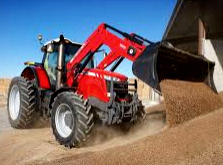 LOADERS
LOADERS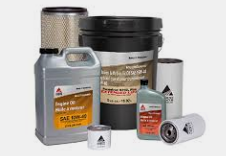 MAINTENANCE
MAINTENANCE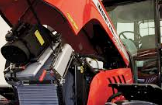 PROBLEMS
PROBLEMS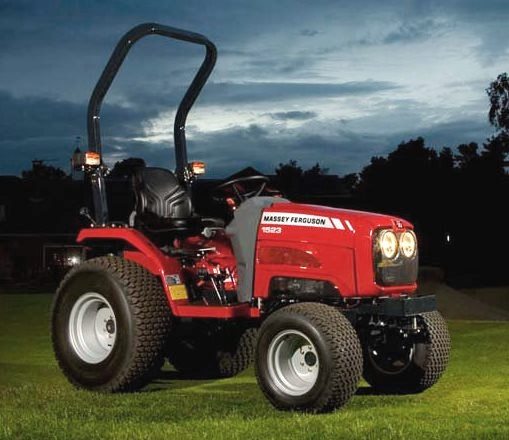 MF 1523
MF 1523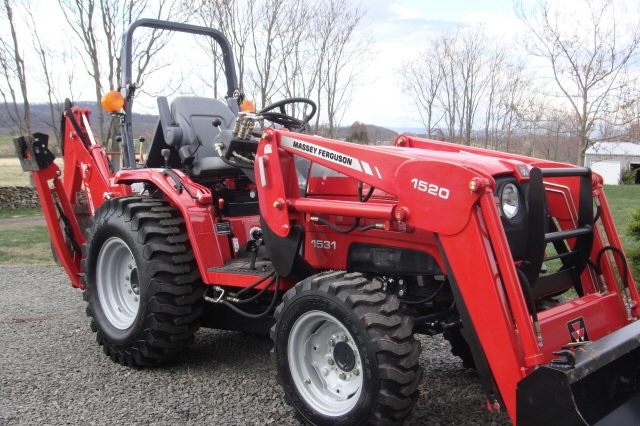 MF 1531
MF 1531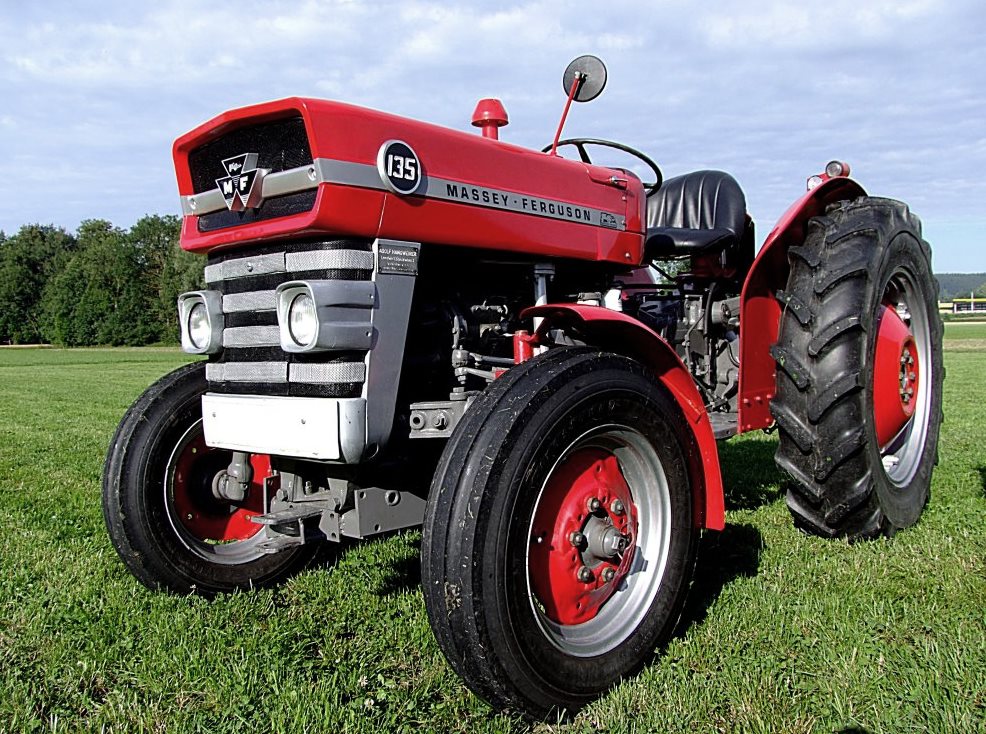 MF 135
MF 135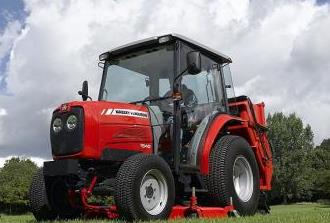 MF 1547
MF 1547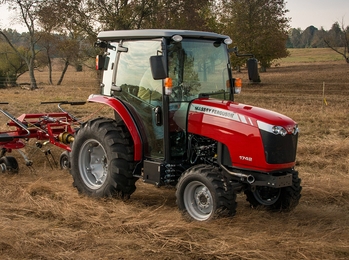 MF 1635
MF 1635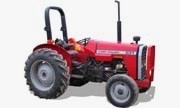 231
231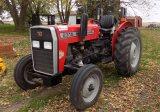 231S
231S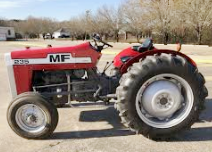 235
235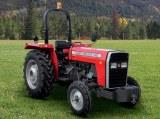 240
240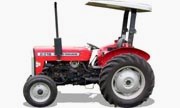 241
241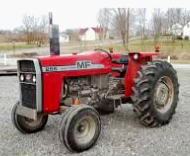 255
255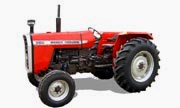 265
265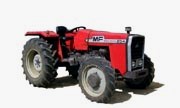 274
274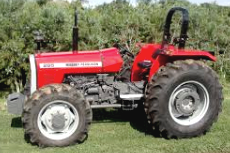 285
285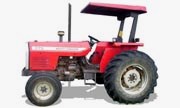 375
375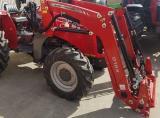 916X Loader
916X Loader 921X Loader
921X Loader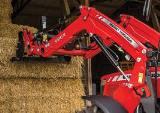 926X Loader
926X Loader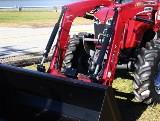 931X Loader
931X Loader 936X Loader
936X Loader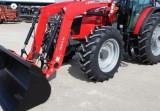 941X Loader
941X Loader 946X Loader
946X Loader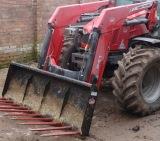 951X Loader
951X Loader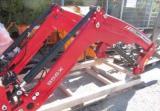 956X Loader
956X Loader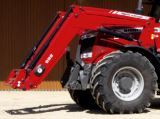 988 Loader
988 Loader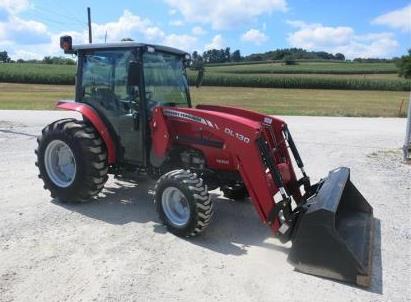 1655
1655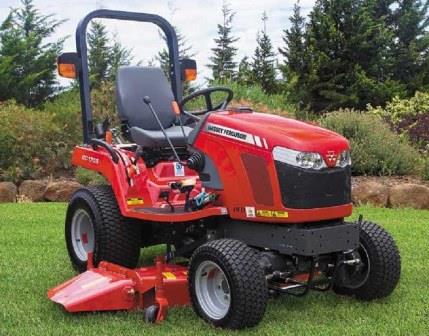 GS1705
GS1705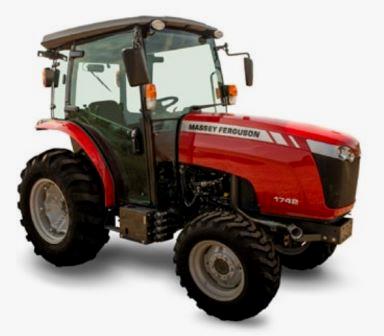 1742
1742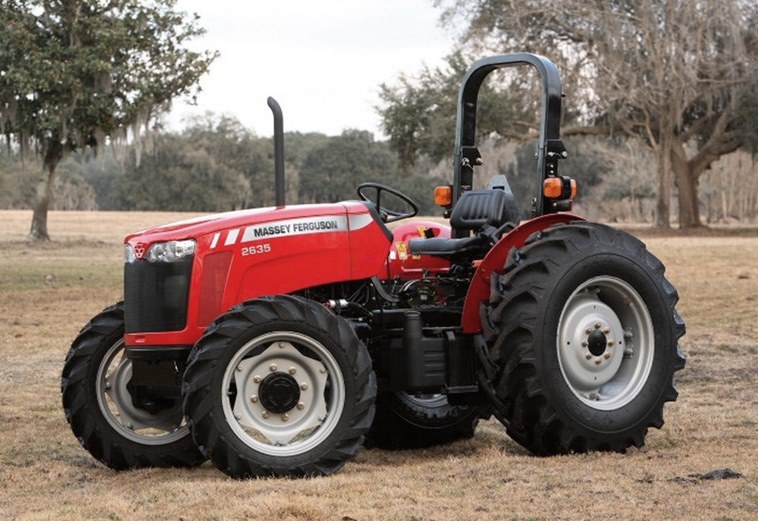 2635
2635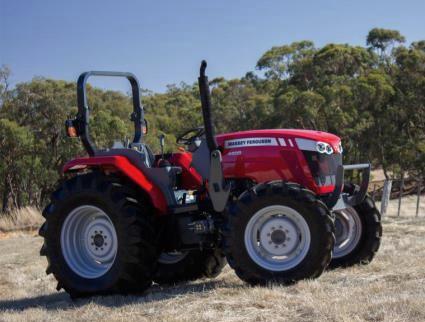 4608
4608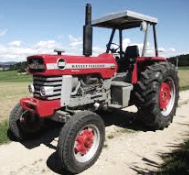 1080
1080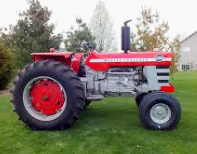 1100
1100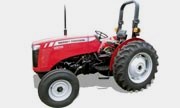 2615
2615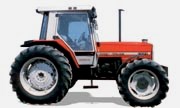 3050
3050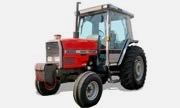 3060
3060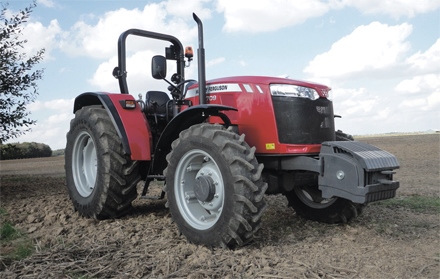 4708
4708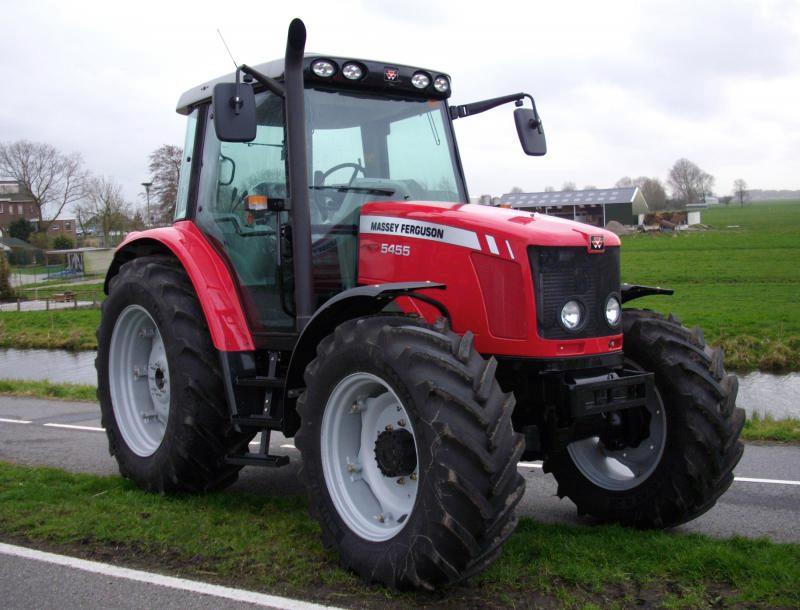 5455
5455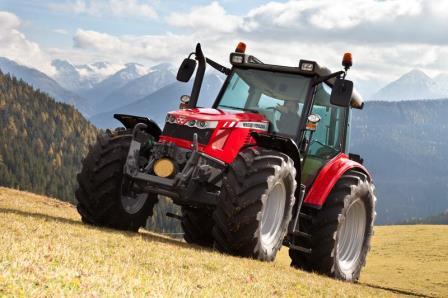 5450
5450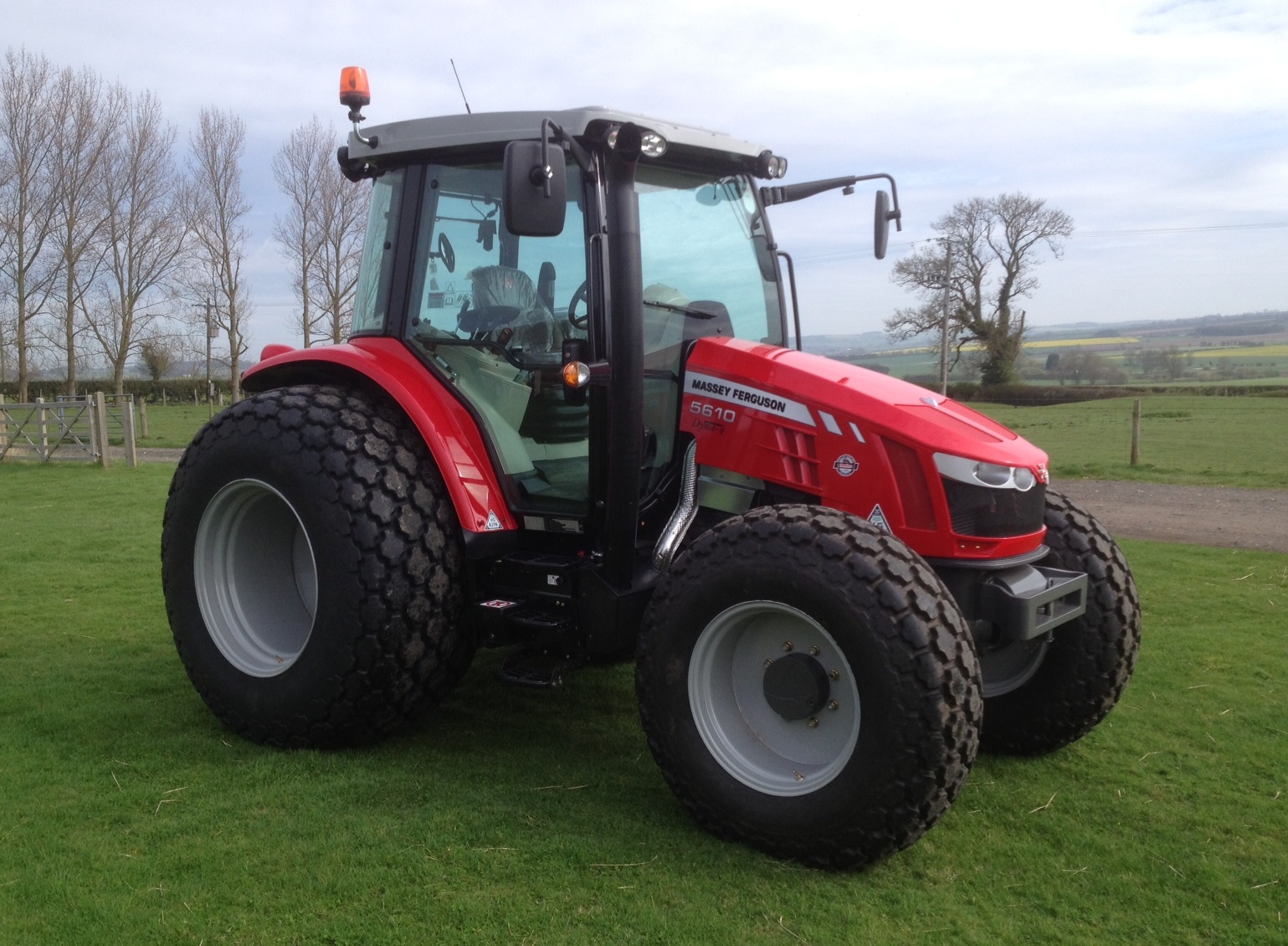 5610
5610 5613
5613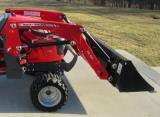 DL95 Loader
DL95 Loader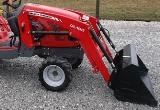 DL100 Loader
DL100 Loader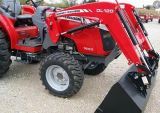 DL120 Loader
DL120 Loader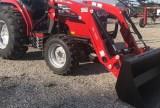 DL125 Loader
DL125 Loader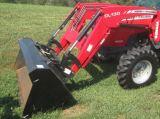 DL130 Loader
DL130 Loader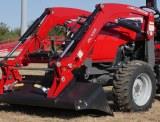 DL135 Loader
DL135 Loader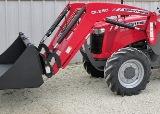 DL250 Loader
DL250 Loader DL260 Loader
DL260 Loader L90 Loader
L90 Loader L100 Loader
L100 Loader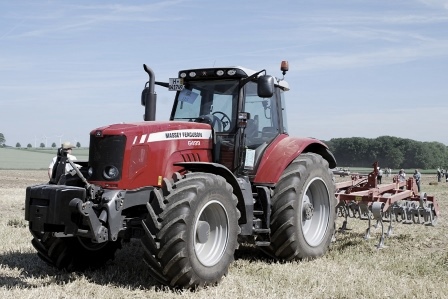 6499
6499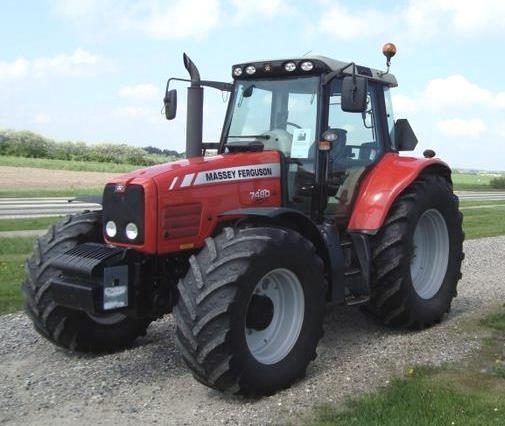 7480
7480 7618
7618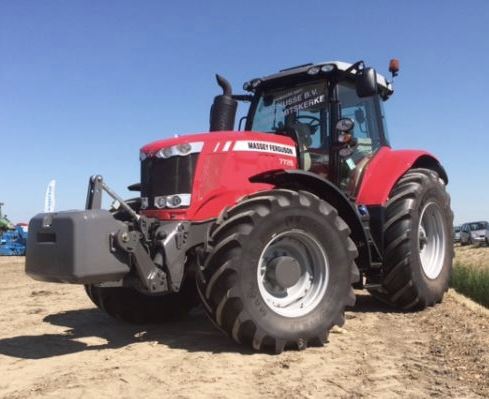 7726
7726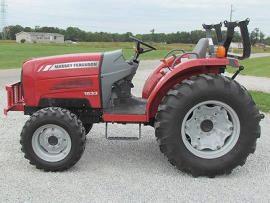 1533
1533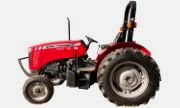 2604H
2604H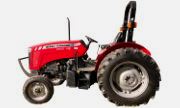 2607H
2607H 4455
4455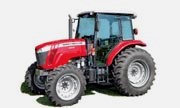 4610M
4610M 4710
4710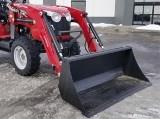 L105E Loader
L105E Loader L210 Loader
L210 Loader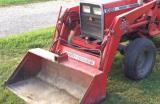 1014 Loader
1014 Loader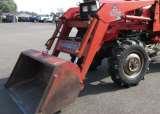 1016 Loader
1016 Loader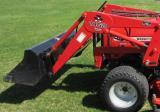 1462 Loader
1462 Loader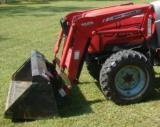 1525 Loader
1525 Loader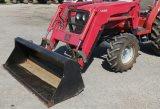 1530 Loader
1530 Loader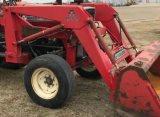 232 Loader
232 Loader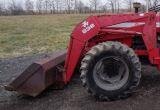 838 Loader
838 Loader 848 Loader
848 Loader 5712SL
5712SL 6713
6713 6715S
6715S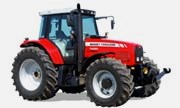 7475
7475 7615
7615 7716
7716 7724
7724 8240
8240 8650
8650 8732
8732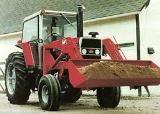 246 Loader
246 Loader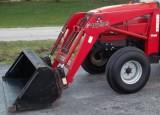 1036 Loader
1036 Loader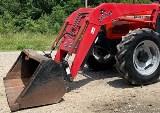 1038 Loader
1038 Loader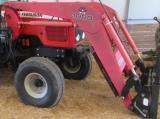 1080 Loader
1080 Loader 856 Loader
856 Loader